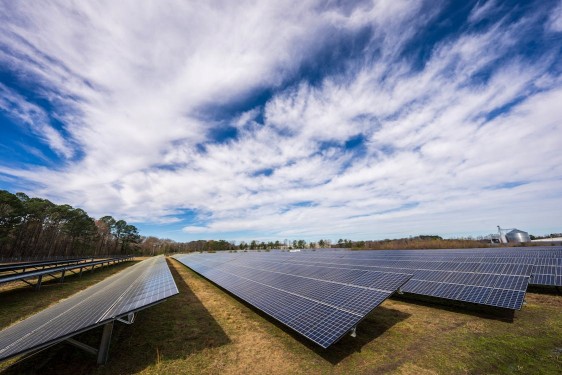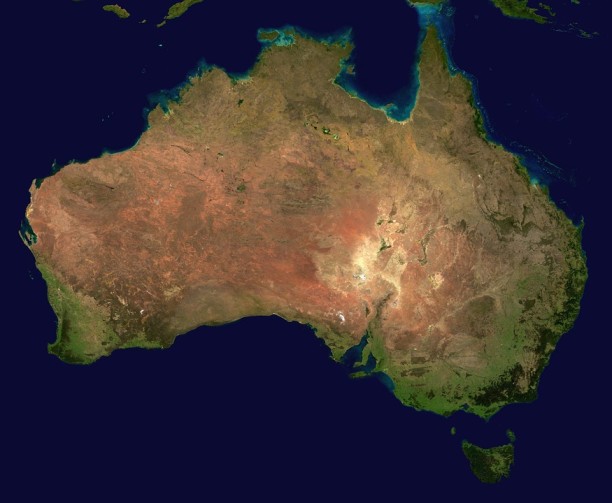Bifacial vs Monofacial Solar Panels Compared
So, you’ve decided to go solar. The next step is to select what type of solar panels should you use? Mono-facial or Bi-facial? In order to make the correct decision, a comprehensive comparison of the two( efficiency, cost, maintenance etc) is of utmost importance. This is where this particular article comes into the picture.
Mono-facial panels dominated the scene in the initial phase of solar adoption, Nowadays, it is common to hear of Bi-facial solar panels and the use of ‘perovskite’ solar cells for achieving increased levels of efficiency and energy output. Today’s article will, therefore, quell all your queries regarding Bi-facial vs Mono-facial solar panels as we take a deep dive into the topic, so let us begin !
NOTE: If you are exclusively looking for a cost comparison of Mono-facial and Bi-facial solar panels, head over to the article below:
Bifacial vs Monofacial Solar Panel Cost Comparison
Difference Between Mono- facial & Bi -Facial solar Panels
Mono-facial Solar Panels
Mono-facial panels work exactly like their name suggests, they have solar cells attached to only one face of the panel, usually the upper surface, thus their intake of the sun rays is limited to that face. The other surface(or the back side) of these cuboidal panels is made out of an opaque back sheet that does not reflect sunlight. Additionally, the solar cells are encapsulated within a metal frame.
These form the majority of the solar panels that you commonly find mounted on roofs of houses, commercial buildings, etc.,
We know that solar panels work through the means of solar cells, usually made out of semi-conducting materials like silicone, CIGS(Copper-Indium-Gallium-Selenide), etc., which convert the sun’s energy into direct current(which has to be converted into AC) that can be later used for powering systems at home, and elsewhere.
Bi-Facial Solar Panels
A novelty as compared to the older and more commonly used Mono-facial solar panels, Bi-Facial Panels, as their name suggests, have solar cells on both faces(the one facing the sky, and the rear end) equipped with sunlight absorbing solar cells. It has a strong and sturdy structure without any metal girdles.
Working Principle of Mono & Bi-facial Panels
- Absorption from the front end of the panel
This part of the process works similarly in the case of both Mono-facial and Bi-facial Solar Panels, the surface facing the sky is equipped with solar cells(usually monocrystalline ones) which on receiving sunlight produces the Photovoltaic effect that leads to the generation of electricity. The front side usually also includes productivity-enhancing things like anti-reflective coatings, surface texturing, etc., for smooth functioning and maximum output.
- Absorption from the rear side of the panel
Now, this is where Bi-facial panels differ from the traditional Mono-facial panels in the market. Instead of an opaque back sheet, there is a sheet or layer of glass on the rear surface that allows the sunlight absorbed from the front side solar cells to pass through and get reflected from any other surface they may hit. This reflected light which is obviously in a diffused form then hits the rear surface again, equipped with solar cells that use that light to produce electricity.
Now that we know what Mono-Facial and Bi-Facial Solar Panels are, let us dive into a comprehensive comparison between the two.
Bifacial vs Monofacial Solar Panels – A Comprehensive Comparison
1. Energy Efficiency
Since Bi-Facial panels can absorb sunlight from both sides, it is no surprise that they will have a higher energy efficiency as compared to monofacial panels.
-Mono-facial panels: They exhibit an efficiency range of 15-22% with the standard panels offering between 15-18% efficiency and some high-end monocrystalline panels going up to 21-22%
-Bi-facial panels: They exhibit an efficiency in the range of 16-20% and the high-end and sophisticated variants can go up to 24% which is currently the maximum efficiency for solar power generation.
2. Size & Suitability
For residential purposes, the average power requirement can range anywhere from 5kW to 10kW, subject to various conditions. Usually, if a solar system consisting of mono-facial solar panels, each with a size varying between 250W-300W is employed, a 5kW system will require the installation of 15-20 panels.
If Bi-facial panels are employed instead, which range between 350W-445W in size each the number of panels employed might come down to about 14-15 panels, which can be beneficial if the goal is to use a lesser number of panels and there is a paucity of space. However, this calculation of the system output has to be supplemented with the real conditions of the location like climate, sunlight exposure, positioning of the panels, etc.,
3. Installation
The difference in installation can be understood in terms of these factors-
The weight of the panels:
Mono-facial panels weigh lighter than Bi-facial panels because of the cells on only one surface of the panel(their weight ranges from 15-20 pounds for a panel), whereas, Bi-facial panels weigh between 25-40 pounds, this might pose a little difficulty in installation.
Positioning of the panels:
Mono-facial panels have to be installed at precise positions for the angle of the sunlight received at that location, they sometimes are also fitted with solar trackers, which are devices that help move the panels from North-South or East-West depending upon the changes in the direction and angle of the sunlight throughout the day.
Bi-facial panels do not require installation at precise angles and do not normally require solar trackers as well. However, they need to be installed at least 4 meters above the surface(roof/ground) for it to work properly, Basically, they require ample absorption and reflection of light underneath the back side of the panel.
4. Durability
When it comes to Durability, Bi-Facial panels prove to be more sturdy, resistant to harsh weather conditions, etc., than the Mono-Facial Panels. They have a tempered glass surface on both sides and are frameless, which also reduces the chances of Potential-Induced Degradation, which can happen in Mono-facial panels because of their metal frame. Moreover, they usually come with longer warranties(up to 30 years) as compared to Mono-facial panels which have a warranty ranging between 15-25 years for most companies.
5. Costs and ROI
-Upfront Costs:
As far as the initial cost of the solar panels itself and the cost of installation is concerned, Mono-facial panels enjoy an edge in this regard as they are cheaper than Bi-facial panels, as well as lighter in weight, which naturally facilitates installation and reduces the upfront costs when compared to a Bi-facial Panel. Based on the average market price of the panels, a 5kW system would incur a cost of around $3,500-5000 for a Mono-facial panel system, and up to $7,000 for a system with Bi-Facial Panels
-Long-term costs:
As far as Long-term cost is concerned, Bi-facial panels due to their increased efficiency, minimal need for maintenance and improved durability and lifespan, tend to perform better in the long-term.
-Return on Investment:
Mono-facial panels because of their lower upfront costs may initially have a lower payback period on the investment. However, Bi-facial panels because of the spike they offer for energy efficiency(sometimes as much as 30%) win in the long-race by considerable savings on utility bills, etc.,
6. Maintenance and Cleaning
Maintenance and cleaning, ensured through regular check-ups helps keep up the efficiency of a solar power system as well as prevent any long-term damages. Mono-facial panels usually need to be cleaned at least twice a year, depending upon the climate, amount of dust and debris, surroundings, etc., Bi-facial panels on the other hand can manage with less frequent cleaning, maybe once or twice a year, if needed.
However, the costs of cleaning may be greater for Bi-facial panels, because both the surfaces need to be cleaned and sometimes, the positioning of the panels makes access to the rear-end difficult, needing the usage of special equipment like extended brushes, vibrators, etc.,
Final Verdict- Bifacial Or Monofacial, All things Considered?
With differences ranging from the efficiency, installation, Costs, durability, etc., both Mono-facial and Bi-Facial Solar Panels have their pros and cons. The above factors provide you an in-depth idea about the different specifications of both Bi-Facial and Mono-Facial panels that will help you make a choice; while Mono-facial panels win in terms of the initial costs, accessibility and maintenance, bi-facial panels have a higher energy efficiency are more durable and offer better long term returns on investment. Professional evaluation, in addition to your own opinion will help you decide what’s best for you!
Frequently Asked Questions
In terms of energy efficiency, solar panels are better than solar shingles. In terms of appearance, solar shingles have an edge over solar panels with their sleek and sophisticated look.
Solar panels and Shingles can last 25-30 years. However, it varies from company to company .
A solar shingle, also known as solar roof tiles, are composed of semiconducting material and work to harness solar energy and convert it into electricity. It is an advanced roofing solution.
A solar panel is made up of solar cells, which are typically monocrystalline or polycrystalline, whereas solar tiles are made of Copper Indium Gallium Selenide. The function of solar panels is energy production, whereas solar tiles were designed to be an alternative roofing option while producing electricity.







